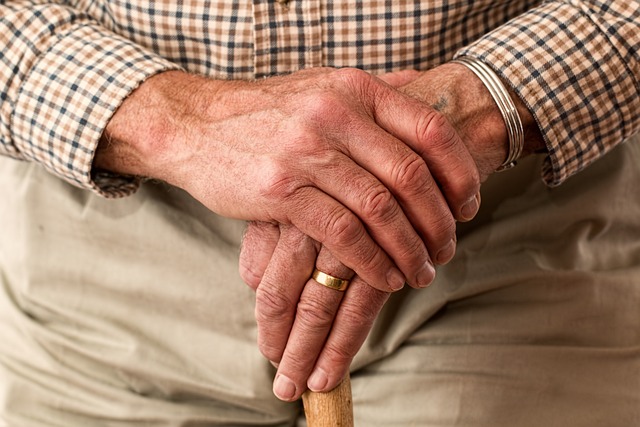
Aging in place is about more than comfort—it’s about safety, accessibility, and maintaining independence. The right home modifications can help aging loved ones remain in familiar surroundings without compromising their well-being. Here’s a breakdown of practical upgrades that make a real difference.
1. Rethink Flooring Choices
Slippery surfaces and high-pile carpets increase fall risks. Low-pile carpet or slip-resistant vinyl provides stability while being easy to maintain. Remove unnecessary area rugs, secure loose floorboards, and ensure a smooth transition between rooms to prevent tripping hazards.
2. Improve Lighting Everywhere
A well-lit home reduces falls and strain on aging eyes. Increase brightness in hallways, staircases, and entryways using LED bulbs with a warm but powerful output. Motion-activated nightlights in bedrooms and bathrooms provide guidance without fumbling for switches in the dark.
3. Widen Doorways and Remove Obstacles
For mobility aids like walkers or wheelchairs, standard doorways can be restrictive. Widening doorframes or installing offset hinges can create extra space without major reconstruction. Keep pathways clear by rearranging furniture to allow easy maneuverability.
4. Install Supportive Features in Key Areas
Grab bars in bathrooms are essential, but their placement matters. Position them near toilets, inside and outside the shower, and along hallways if needed. Non-slip strips in tubs and showers add an extra layer of safety. Consider a walk-in tub or curbless shower for easy access.
5. Upgrade Kitchen Accessibility
Everyday tasks should be within reach. Lowering countertop heights or installing pull-down shelving reduces strain. Lever-style faucets are easier to operate than traditional knobs. A wall oven with a side-swing door prevents bending over hot surfaces.
6. Switch to Smart and Hands-Free Technology
Aging doesn’t have to mean struggling with small buttons and complicated systems. Smart home features like voice-activated lights, thermostats, and security systems enhance safety and convenience. Video doorbells provide added security without needing to rush to the door.
7. Address Entryway Challenges
Even a single step at the entrance can become a significant barrier. Installing a zero-threshold entry or a sturdy ramp makes coming and going easier. Handrails on both sides of stairs and a covered entryway protect against slips and harsh weather.
With thoughtful upgrades, a home can remain a safe and functional space for years to come. Planning ahead ensures that loved ones can enjoy independence while staying in a place they cherish.
